Published 8/2022
MP4 | Video: h264, 1280×720 | Audio: AAC, 44.1 KHz
Language: English | Size: 9.08 GB | Duration: 21h 12m
The ultimate course to get started with game development, teaching everything needed to become a confident game dev.
What you’ll learn
Through this course, you will learn to utilize the Unity Game Engine and the powerful C# scripting language to develop amazing and polished games.
This course requires no past experience with Game development, Unity or programming experience. All contents of the course are thoroughly explained with detail.
Through this course, students will create two different games from scratch (a 2D and a 3D) that explore various aspects and features of game development.
The skills learned through the course are highly transferable, setting the foundations to allow learning other aspects of game development with more ease
By the end of the course you will be able to develop your own games through the unity game engine and write code with C# scripting language.
The course highlights important aspects of game development and provide different methods of creating unique and enjoyable games.
Students will have the chance to explore a vast amount of features that unity and C# offers that they will implement in their own games.
Learners are encouraged to implement games whilst learning and adding their own personal touch designs, which can be later added be added to their portfolio
The material starts from the fundamentals of game development and gradually build up to more advanced techniques and features.
Through the duration of the course, various industrial tools will be covered to prepare students for industrial employment
Requirements
The course requires no past experience and allows students of all background knowledge to start learning.
A PC that is able to run the latest version of Unity (2022.1.4f1).
A passion for games.
Description
This course focuses on teaching the fundamentals of game development using the Unity game engine and the programming language C# with the ultimate goal of allowing students to confidently develop out of this world games. No previous experience is needed for taking this course. Lectures are structured to start from the very basics of game development and slowly build up to more advanced and complicated features to enable a more complete understanding of game development. Lectures cover everything in detail, using multiple examples and references to official documentation to ensure students understand and comprehend the material shown. The course focuses on teaching essential theories and practises for game development as well as a variety of Unity’s features and ways to utilize them in C# scripts to provide students with a wider range of tools to ensure that they are well equipped to develop their own games. The material of the course start off with the fundamentals of game development, unity, and C#, and slowly building up to more challenging tasks that students will be able to complete by the end of the course.Skills taught in lectures are highly transferable and can be applied to other game engines, other programming languages, or even other areas outside of game development that require programming.As a vehicle for teaching, students will be development two different games (a 2D and 3D) of their own that will be guided by lectures and can apply the skills learnt to their own projects. The course is structured in way to encourage involvement from students in order to get comfortable with using C# and Unity.A discord server is in place which attempts to unite game developers together and enable students to meet like-minded people to create game development teams, create friendships, and also ask questions and get support for their development journey.
Overview
Section 1: Introduction
Lecture 1 Introduction to the course – Is this course suitable for you ?
Lecture 2 Why Unity? Because its awesome
Lecture 3 Online learning tips – Finding the best way of learning for you
Lecture 4 Join our community – How to join our server
Section 2: Follow the Light – 2D Game Creation
Lecture 5 Brainstorming Ideas – How to create unique ideas for your games
Lecture 6 Design and Time Management – Scheduling appropriately and realistically
Lecture 7 Colouring and Aesthetics – Picking the appropriate colours for each game
Lecture 8 Setting up Unity – Installing Unity Hub and a Unity editor
Lecture 9 Unity Interface – Understanding Unity’s interface
Lecture 10 Programming time – Creating our first script
Lecture 11 Understanding Classes – An introduction to classes and how to use them
Lecture 12 If statements – Comparing values in our script with if statements
Lecture 13 Operators – What are operators and how to use them
Lecture 14 If statements 2 – A deeper look into if statements
Lecture 15 Declaration context – Understanding how declaration affects our code
Lecture 16 Transformations – Moving, Rotating and scaling our game objects through script
Lecture 17 Access modifiers for variables – A Deeper look at access modifiers of variables
Lecture 18 MonoBehaviour Base Class – Deriving key functions to our script
Lecture 19 Rigidbodies – Connecting our character to the physics engine of Unity
Lecture 20 Its Alive! – Capturing keyboard input through our script to move our character
Lecture 21 Creating our own methods/functions – The importance of functions
Lecture 22 Jump up and get down – Adding a basic jump and a double jump to our movement
Lecture 23 Understanding collisions – An overview of how collisions work in Unity
Lecture 24 Jump up and get down 2 – Extending our jump to something more interesting
Lecture 25 Techniques for different scripts to communicate
Lecture 26 Lighting – How lighting can massively improve the quality of a scene
Lecture 27 Object Parenting – What it is and how we can use it
Lecture 28 Follow Camera – Make smooth camera that follows our character around
Lecture 29 Collision function comparison OnTrigger vs OnCollision – When to use each one
Lecture 30 Adding gems – Creating a gem that enables the colouring swap mechanic
Lecture 31 Prefabs – What are prefabs?
Lecture 32 Loops – How to use the for loop
Lecture 33 Evaluating collisions – Balancing movement with collision evaluation
Lecture 34 Animation – Adding animation to our gems
Lecture 35 Arrays – Exploring the usages of data structures
Lecture 36 Loops 2 – The variation of the for loop called foreach loop
Lecture 37 Ignoring Collision – Adding coloured gates that ignore collision of some colours
Lecture 38 Map Design – Ways to make a unique map design
Lecture 39 Lists – An alternative data structure to arrays
Lecture 40 Moving Gates part 1 – Make our gates moves around between points
Lecture 41 Moving Gates part 2 – Make our player move along with the moving gates
Lecture 42 Rotating Gates – Enable our gates to rotate based on time
Lecture 43 Changing Levels – Ways to switch between scenes/levels
Lecture 44 Creating collectibles and a User Interface to display them
Lecture 45 Static – Taking a look at a special method type called static
Lecture 46 Collectibles that help? – Making collectibles increase our light’s radius
Lecture 47 Playtesting – Break your own game before everyone else
Lecture 48 Creating a main menu – Adding some much needed UI elements to our game
Lecture 49 Building our Game – Preparing our game for release
Lecture 50 Recapping – The lecture to rule them all
Section 3: Icy Waves – 3D Game Creation
Lecture 51 Game design and time management – Breaking our game down to small bits
Lecture 52 Project Templates – Creating our project and discussing templates
Lecture 53 Version control – What it is and why you MUST do it
Lecture 54 A new way to capture input – Reviewing and implementing the new input system.
Lecture 55 Fixing our Movement – Having a look at the properties of the rigidbody component
Lecture 56 Physic Materials – What are they and when to use them
Lecture 57 Personalizing Visual Studio – Changing the defaults to your likes
Lecture 58 Setting up our Camera – Make our camera and player rotate together
Lecture 59 Material – Colouring up our scene through materials
Lecture 60 Shooting activated – Adding the ability to shoot to our player
Lecture 61 While Loop – How to use the while loop
Lecture 62 Attack! – Create our enemies and make them chase the player
Lecture 63 Creating enemy spawn points – Set a spawn points that enemies will spawn from
Lecture 64 AI Special NavMeshAgent 007 – Upgrade and improve our enemies to special agents
Lecture 65 That Hurt! – Adding damage to both enemies and players
Lecture 66 Waves after Waves – Create waves of enemies
Lecture 67 Cursor Class – Locking our cursor while in game
Lecture 68 Adding Powerups – Triple Shooter
Lecture 69 Do while loop – A variation of the while loop
Lecture 70 Adding mechanics – Making Teleportation Portals
Lecture 71 Doctor Strange like – Allow our player to have their own personal portals
Lecture 72 Raycast – Exploring the many uses of raycasting
Lecture 73 Smooth transitioning of portals – Further improving the portal mechanic
Lecture 74 Coroutine – What is a coroutine?
Lecture 75 Adding audio – Making our game feel less dull with sound effects
Lecture 76 Keeping score – Tracking points gained based on kill count
Lecture 77 Levelling up our Character – Adding an actual model to our character
Lecture 78 Animator – How to use the Animator component to animate our characters
Lecture 79 Pickup Generator – Randomly spawn pickups around our map
Lecture 80 Switch Statement – A multiway branch statement
Lecture 81 Powerful and Good looking – Adding assets to our pickups
Lecture 82 Creating more pickups – Adding the freeze and indestructible pickups
Lecture 83 Implementing the functionality for the new pickups – Not just for the looks
Lecture 84 Particle Systems – Understanding particle systems
Lecture 85 Let it snow – Creating snow through particle systems
Lecture 86 Trail Renderer – Improving our visuals for shooting
Lecture 87 Terrain – Making custom terrain for our levels
Lecture 88 Adding UI – Building our User Interface
Lecture 89 Main Menu – Making a more interesting main menu screen
Lecture 90 Options Menu – Extending our menus with player options
Lecture 91 Saving data permanently – Highlighting ways to save data on a machine.
Lecture 92 Polishing our Pickups – Adding details to our pickups
Lecture 93 More Details! – Improving the looks of our game
Lecture 94 Implementing cooldown – Adding cooldown to the Player’s spawn portals mechanic
Lecture 95 Post-Processing Effects – How to enhance the visual effects of our scene
Lecture 96 Applying Post-Processing Effects to improve our game’s looks
Lecture 97 Adding Enemy Variations – Extending the enemy types attacking our character
Lecture 98 Final thoughts on our game
Lecture 99 Version Control 2 – Push our latest changes to our git repo
Lecture 100 The end – Last video of the course
A course for people looking to learn about creating amazing video games.,Beginners who are looking to get into programming, unity and game development.,People who are interesting in seeing how games are made.
HOMEPAGE
https://anonymz.com/?https://www.udemy.com/course/a-complete-step-by-step-course-to-become-a-gamedeveloper/
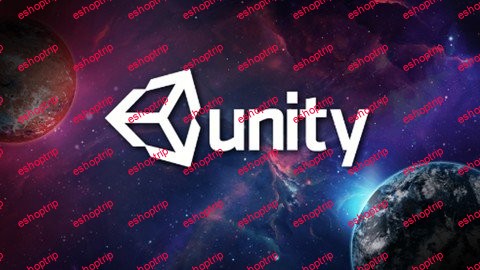
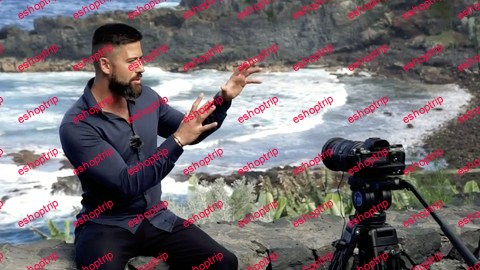

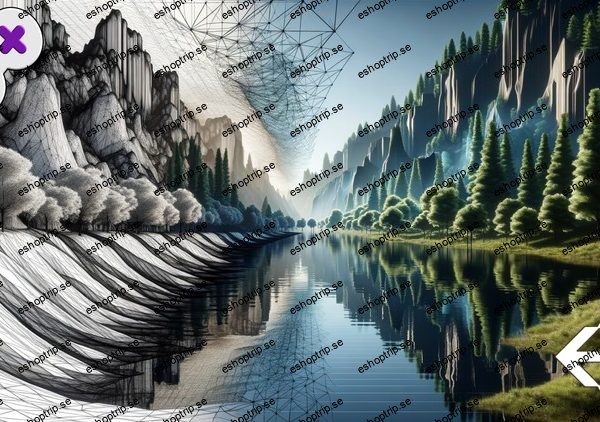
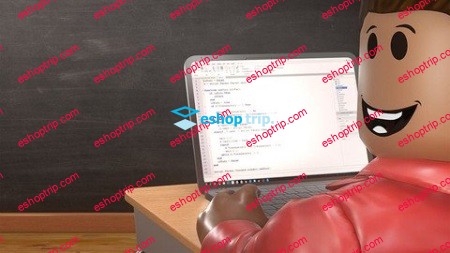
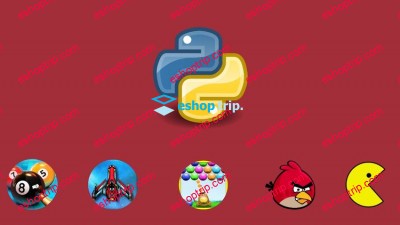
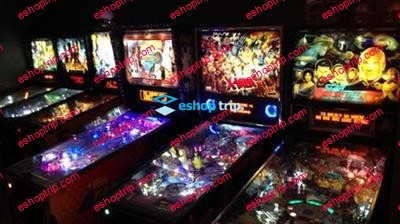
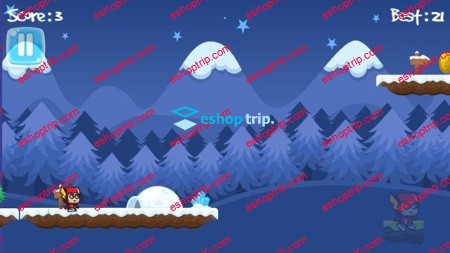
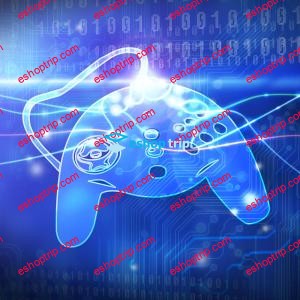
Reviews
There are no reviews yet.